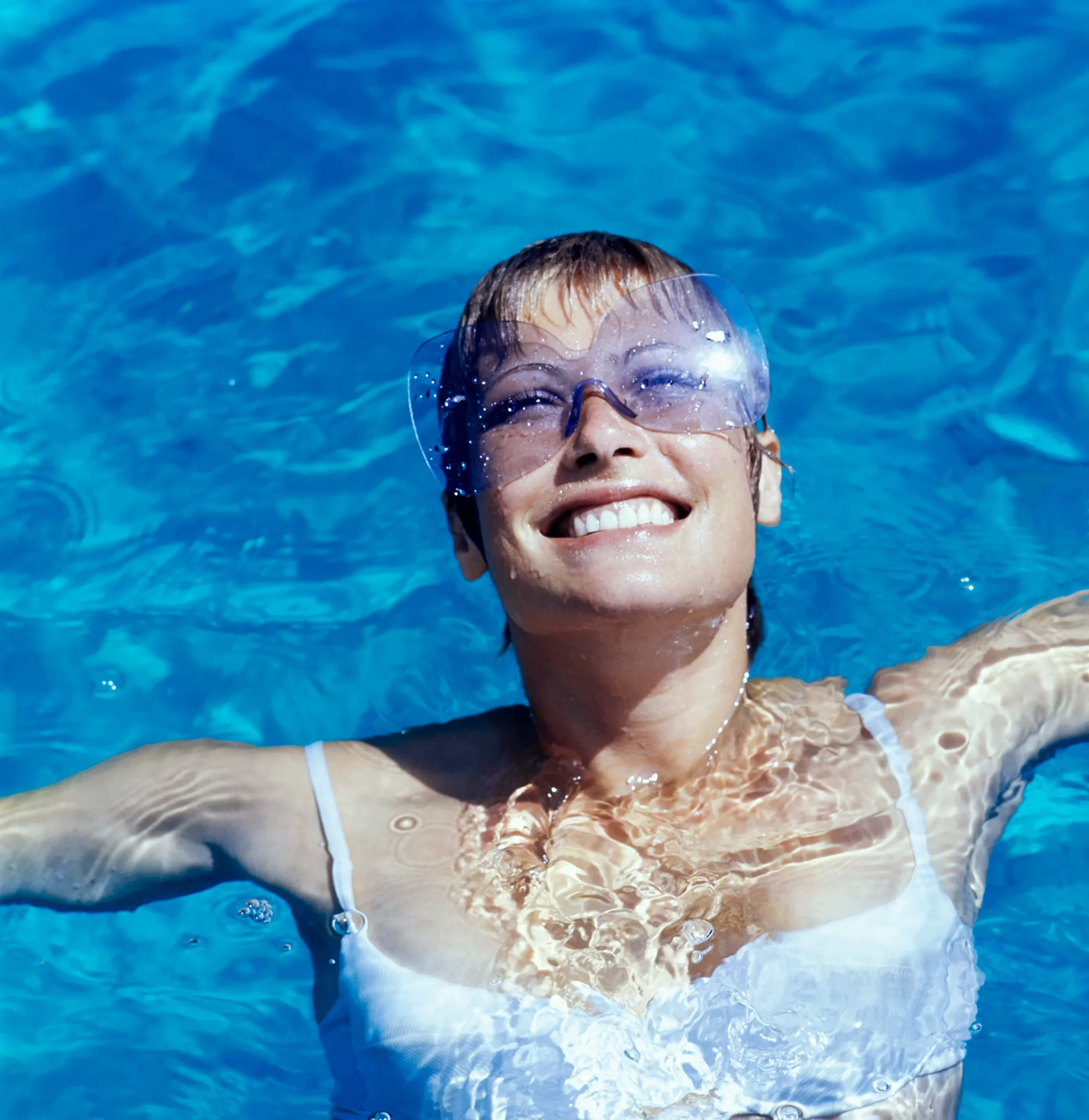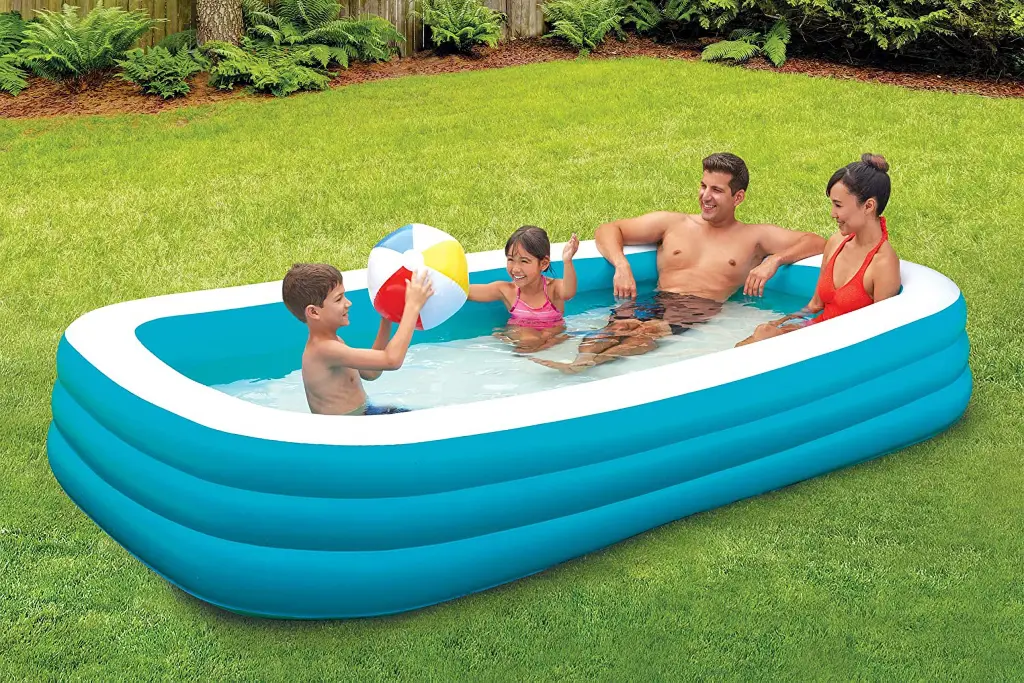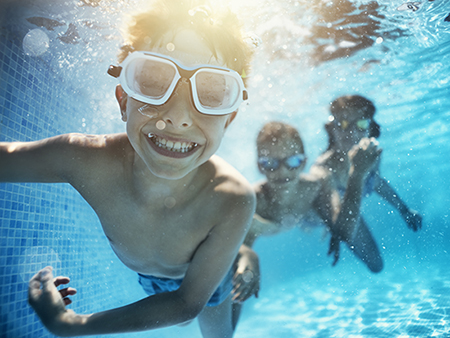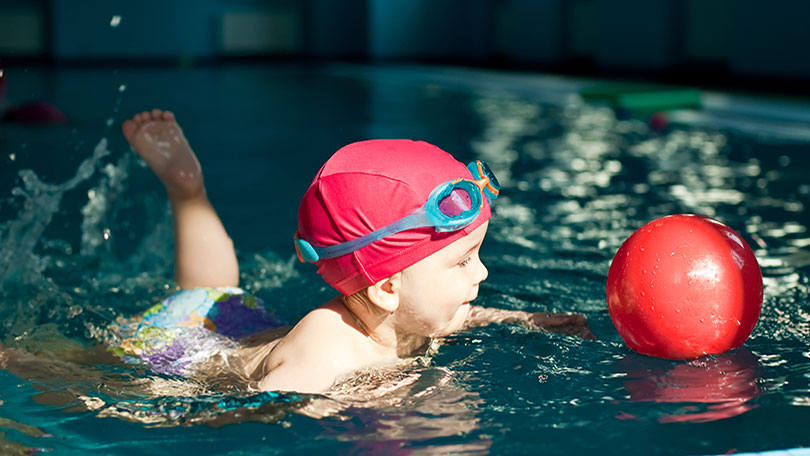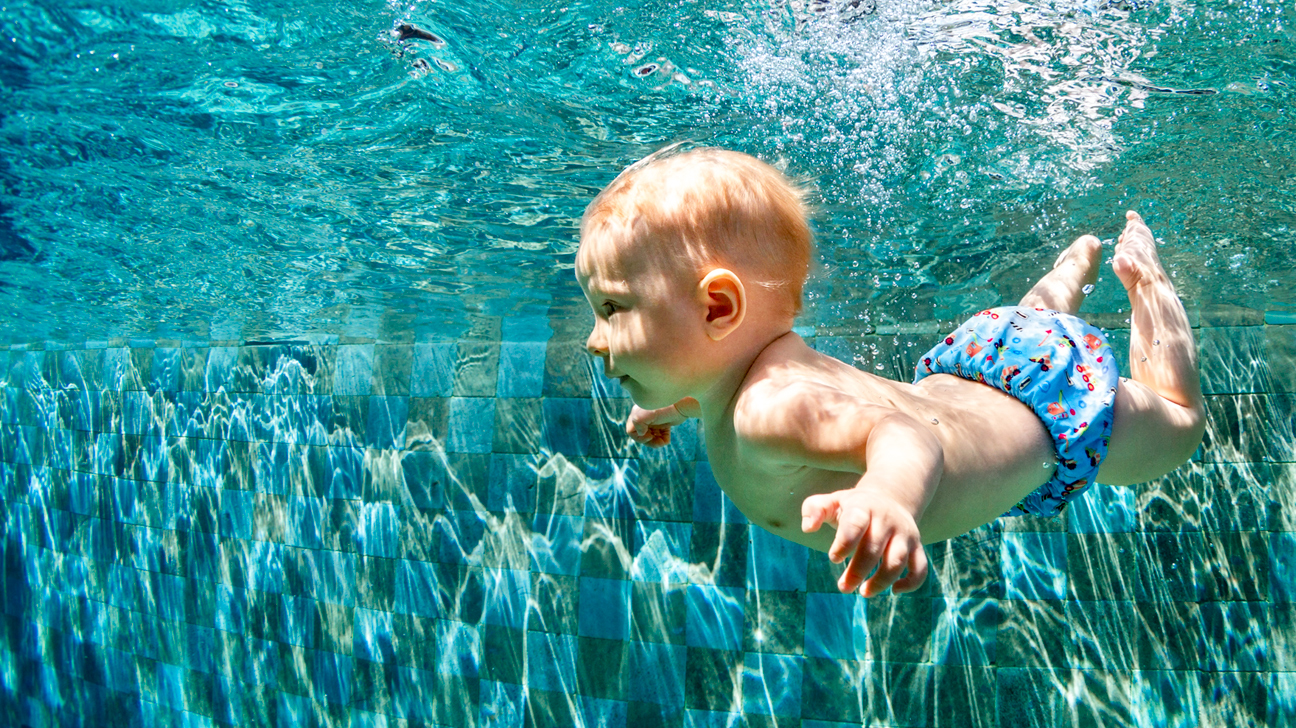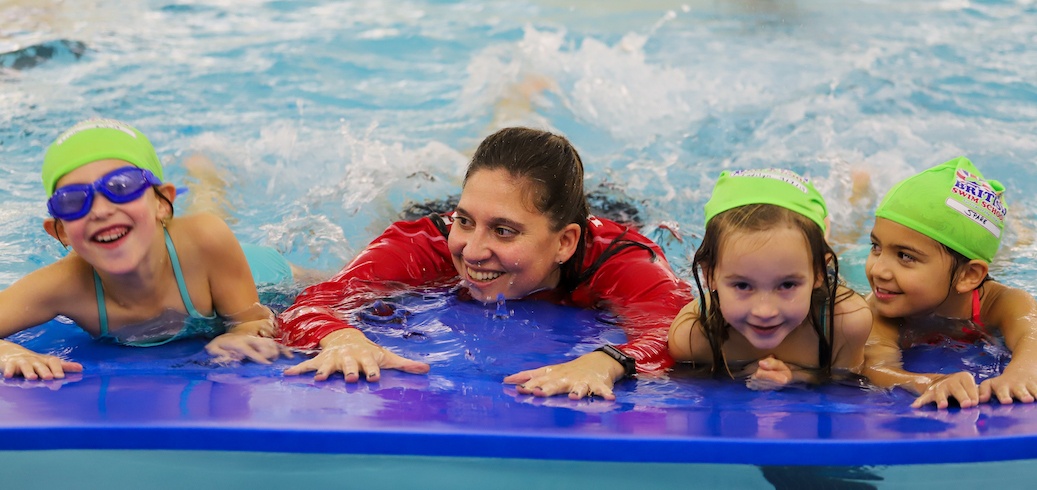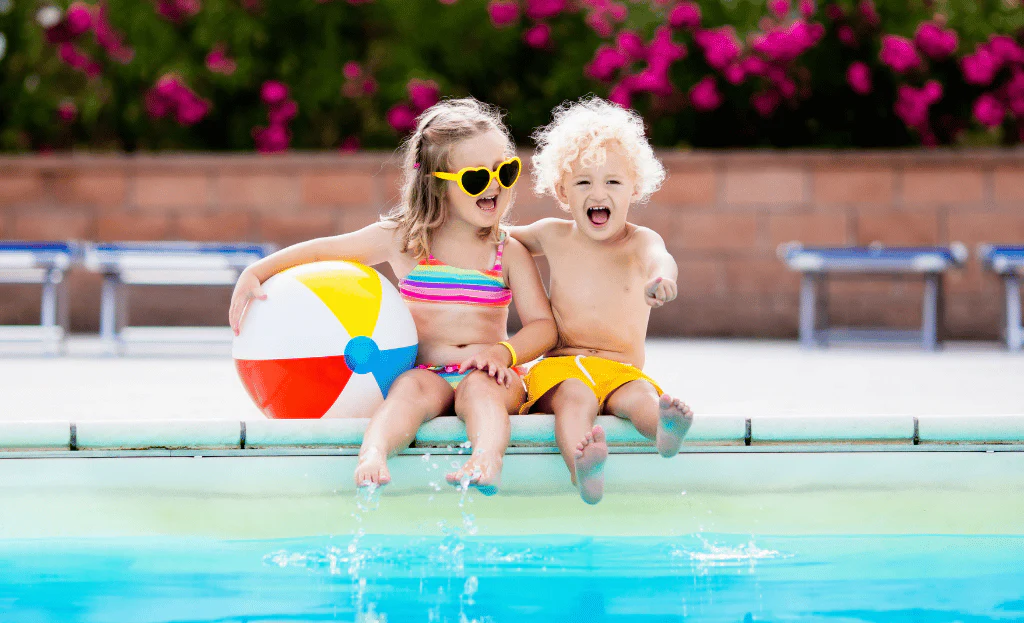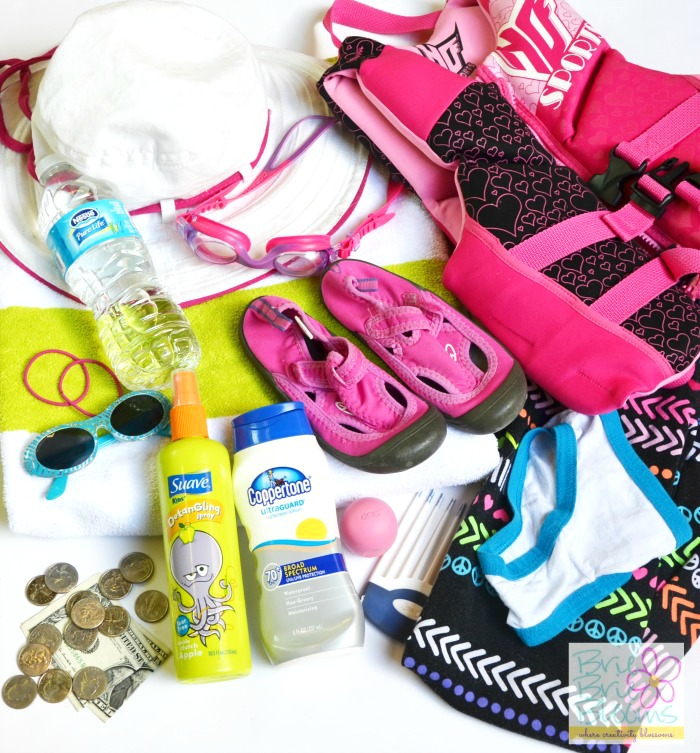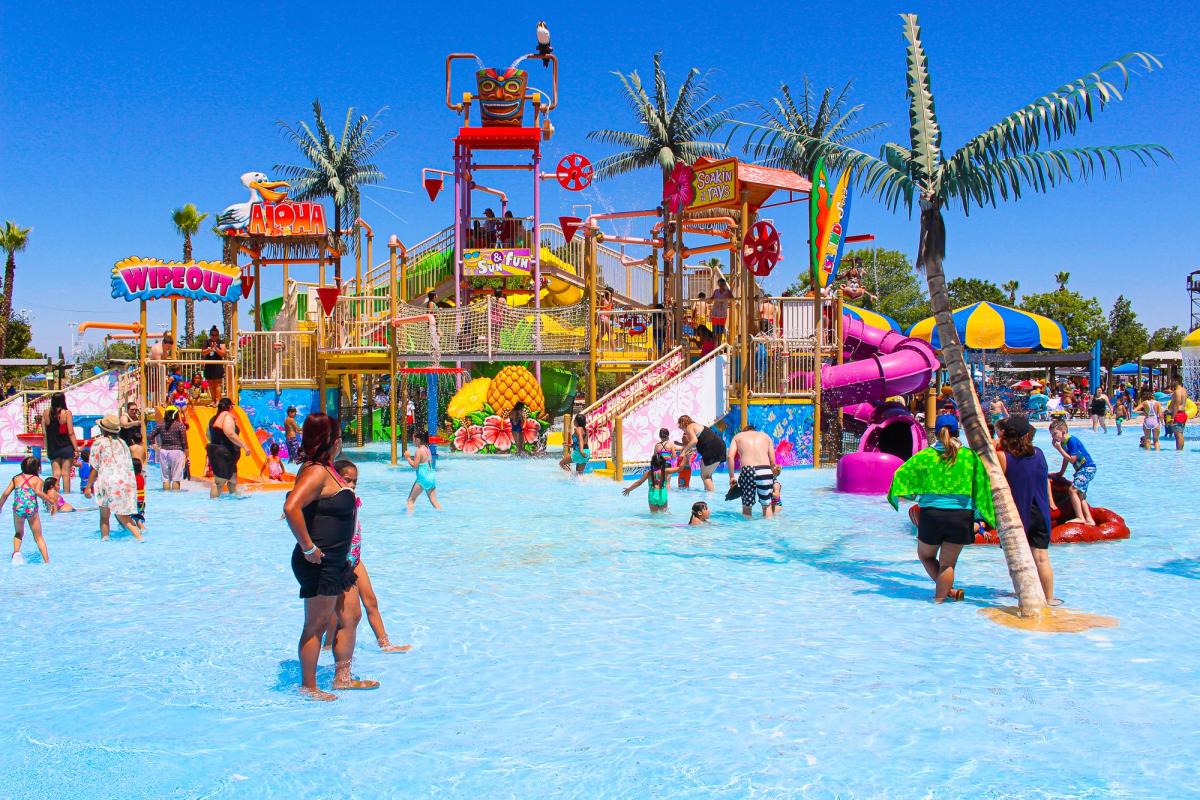In today’s fast-paced world, mental health is becoming an increasingly important conversation. The stress of daily life, work pressures, and constant connectivity can lead to anxiety, depression, and burnout. While traditional therapies such as counseling and medication are often effective, there’s an activity that’s often overlooked in mental health discussions—swimming.
Swimming isn’t just a physical workout; it has profound mental health benefits that make it one of the most accessible and therapeutic forms of exercise. From calming the mind to boosting mood and reducing anxiety, swimming provides a unique environment where the mind can relax and heal. Here’s why the water might just be the key to improving your mental well-being.
1. The Calming Effect of Water
There’s something inherently soothing about water. Whether it’s the rhythmic sound of your movements through the pool or the feeling of weightlessness, the water creates an environment that naturally promotes relaxation. This calming effect is supported by science. The sensory experience of being submerged in water helps trigger the body’s parasympathetic nervous system, which is responsible for relaxation. In simple terms, swimming can lower your heart rate, reduce blood pressure, and calm the mind.
Water provides a natural sense of tranquility, encouraging mindfulness and grounding. The focus required to swim properly—paying attention to breath control, stroke technique, and body alignment—can distract from daily worries, fostering a meditative state. This mindfulness aspect can help clear your mind and reduce the mental chatter that often fuels stress and anxiety.
2. Release of Endorphins: The Mood-Boosting Hormones
Like any form of exercise, swimming triggers the release of endorphins, the body’s natural “feel-good” chemicals. These hormones play a key role in mood regulation, often providing an immediate sense of happiness and euphoria post-swim. This rush of endorphins can help combat symptoms of depression, elevate mood, and provide an overall sense of well-being.
The endorphin boost from swimming is often described as a “runner’s high,” but with the added benefit of being a low-impact exercise that’s gentle on the joints. Swimming is a full-body workout, which means it engages multiple muscle groups, promoting circulation and blood flow that further contribute to an improved mood.
3. Reducing Stress and Anxiety
Stress and anxiety are common mental health challenges in today’s world, but swimming can be a powerful antidote. The physical act of swimming helps reduce the level of cortisol, the body’s primary stress hormone. By engaging in a low-impact and rhythmic exercise, you’re effectively lowering stress levels, creating a sense of balance and control.
The repetitiveness of swimming—whether it’s the consistent stroke of freestyle or the steady rhythm of backstroke—allows the brain to focus on the movement rather than stressful thoughts. This repetitive motion, combined with controlled breathing, can act as a form of mental reset. It allows the body to release pent-up tension, leaving you feeling more relaxed and centered.
In fact, research has shown that swimming has a profound effect on reducing symptoms of generalized anxiety disorder (GAD). The combination of physical activity, focus on breathing, and immersion in water creates a powerful mental health tool for people looking to manage their anxiety.
4. Promoting Better Sleep
Another significant mental health benefit of swimming is improved sleep quality. Those who struggle with insomnia or irregular sleep patterns can find relief in the water. Physical activity such as swimming helps regulate the circadian rhythm, encouraging deeper, more restful sleep. Additionally, swimming naturally reduces the tension in your body, promoting relaxation and a greater sense of calm before bedtime.
The endorphin release from swimming helps to improve sleep by making you feel more tired and ready for rest, and the act of swimming itself can be part of a calming bedtime routine. If you’ve been struggling with sleep issues, adding swimming to your weekly routine may offer the relief you need.
5. Building Confidence and Self-Esteem
Beyond its physiological benefits, swimming can also have a powerful impact on self-esteem and self-confidence. As you improve your swimming skills and see the results of your progress, you gain a sense of accomplishment and self-worth. Setting small goals, such as swimming a certain distance or perfecting your stroke technique, can foster a sense of achievement, contributing positively to mental well-being.
Furthermore, the confidence gained from mastering a challenging skill like swimming can spill over into other aspects of life, improving overall mental resilience. Swimming gives you the opportunity to focus on something you can control, which can be empowering, especially when other areas of life feel chaotic.
6. Social Connection and Community
For many, swimming can also provide opportunities for social connection, whether through group swim classes, swimming teams, or simply interacting with other pool-goers. Socializing is a key factor in improving mental health, and finding a community of like-minded individuals can provide the support and camaraderie needed to boost mental resilience.
The positive social interactions and encouragement from peers in swim classes or clubs can combat feelings of isolation and loneliness, which are often linked to depression. Being part of a swimming community also fosters a sense of belonging, which can have a lasting impact on emotional well-being.
7. Aiding in the Recovery of Trauma and PTSD
Swimming and water therapy have been shown to have therapeutic effects for individuals recovering from trauma or PTSD. The soothing properties of water, combined with the opportunity to focus on physical movement and breathing, offer a restorative environment for emotional healing. For some, the sense of freedom and weightlessness in the water provides a mental break from the heaviness of trauma, helping to alleviate symptoms of PTSD.
Water therapy and swim-based rehabilitation are increasingly being used as part of trauma recovery programs, providing a holistic approach to healing. Whether through private therapy sessions or public swimming programs, the water offers a safe and nurturing space for those dealing with emotional scars.
8. A Gateway to Mindfulness and Meditation
Swimming can also serve as an entry point to mindfulness and meditation practices. The act of swimming, when done with intention, becomes a form of moving meditation. The focus on breath, stroke, and body position allows swimmers to block out distractions and concentrate on the present moment. This type of meditation has been shown to reduce symptoms of depression and anxiety and enhance emotional regulation.
For those who struggle with traditional forms of meditation, swimming offers a more dynamic alternative that combines physical activity with mindfulness. The meditative state achieved through swimming can help cultivate mental clarity, reduce stress, and foster emotional balance.
